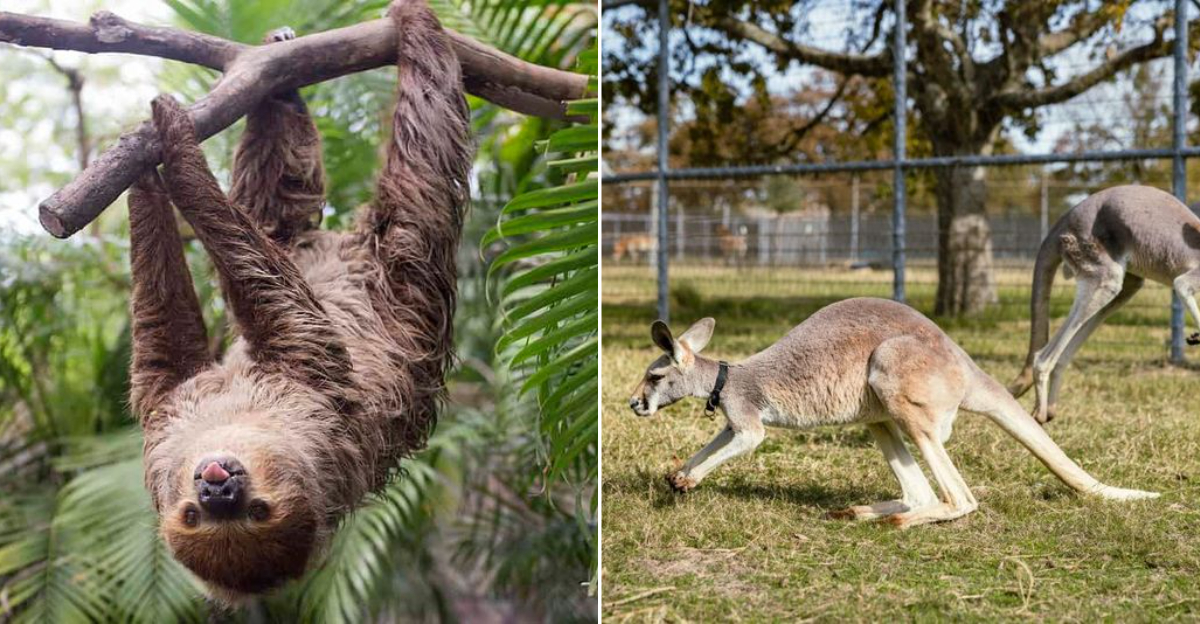Texas is a haven for those seeking unconventional companions, offering a legal landscape where exotic pet ownership is not only possible but surprisingly varied.
From the towering kangaroo to the elusive lemur, the Lone Star State’s regulations permit a diverse range of animals to be kept as pets.
However, it’s essential to approach this with responsibility, ensuring that both the pet’s needs and the owner’s capabilities align.
Before welcoming any exotic animal into your home, thorough research and understanding of their care requirements are paramount.
1. Capybara
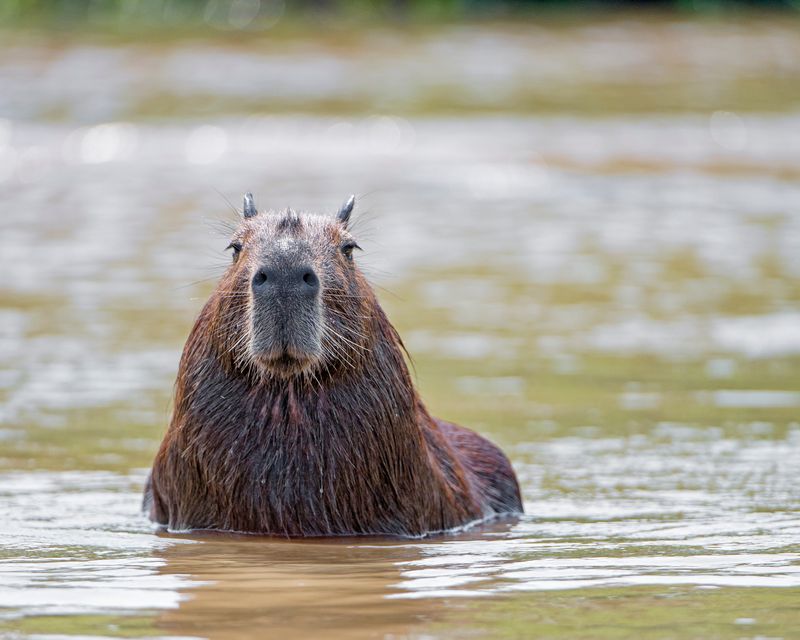
The world’s largest rodent makes a surprisingly charming housemate! Standing about two feet tall at the shoulder, these gentle giants love swimming and can form strong bonds with their human families.
Native to South America, capybaras need access to water for swimming and soaking. Their social nature means they thrive with companionship, whether from humans or fellow capybaras.
2. Kangaroo
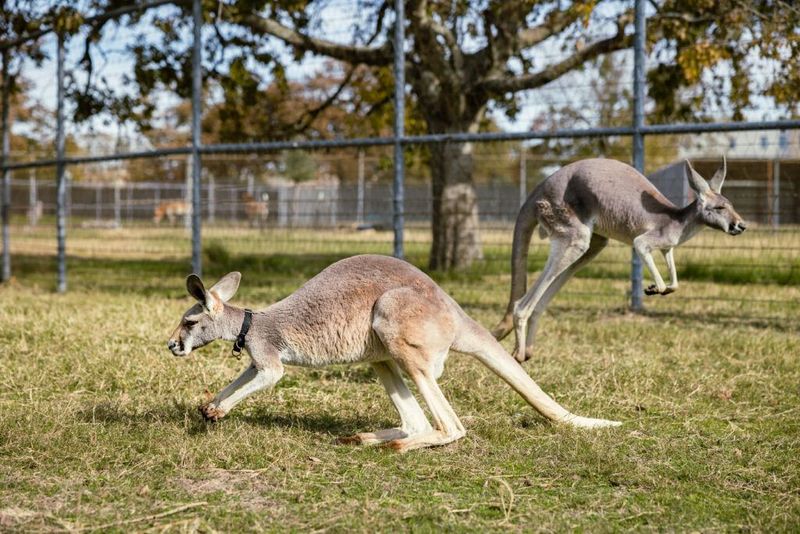
Hopping into the number two spot are these Australian icons! Smaller varieties like Wallabies adapt well to Texas climates and can be remarkably affectionate when hand-raised from joeys.
You’ll need substantial outdoor space with tall fencing for these bouncy buddies. Kangaroos require specialized diets and veterinary care from exotic animal specialists familiar with marsupials.
3. Coati
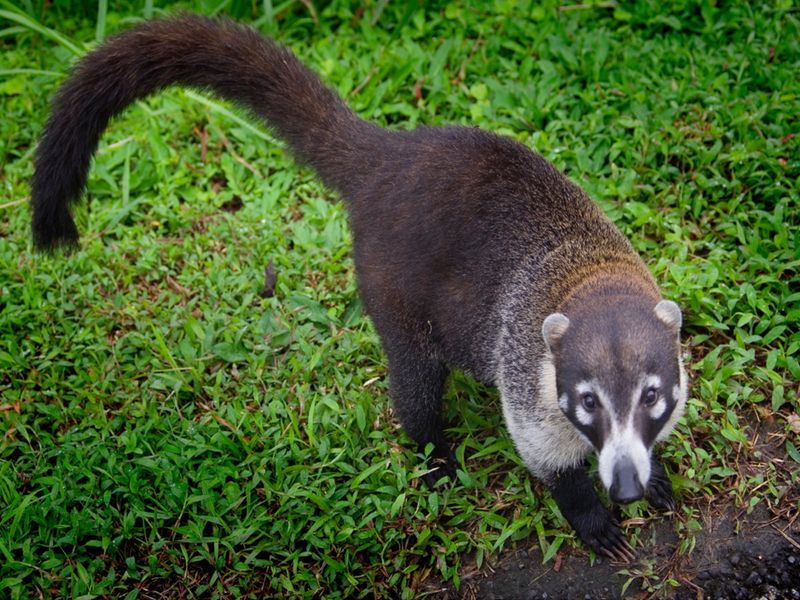
Raccoon cousins with circus-performer agility! These long-nosed explorers from Central and South America sport ringed tails and mischievous personalities that will keep you endlessly entertained.
Coatis use their flexible snouts to sniff out hidden treats and their dexterous paws to examine everything in sight. Prepare for a curious companion who requires plenty of enrichment activities and a secure habitat.
4. Fennec Fox
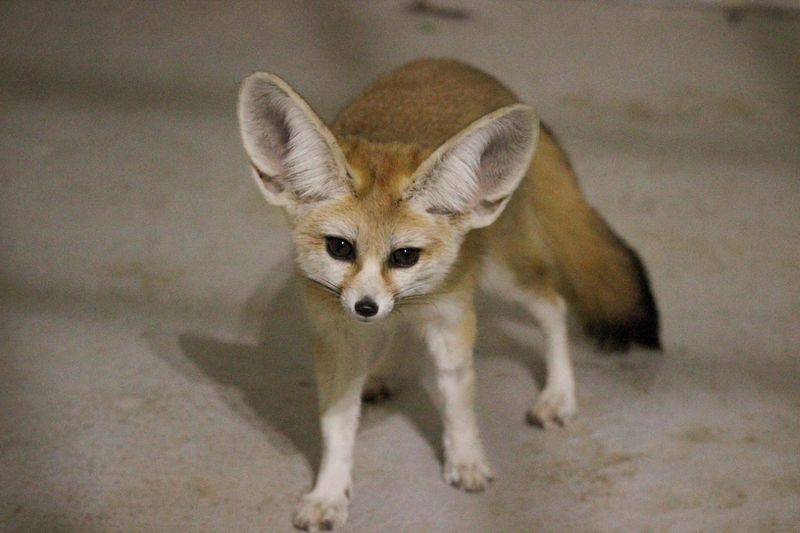
Those iconic oversized ears aren’t just for show! Desert-dwelling fennec foxes use them to radiate body heat, making them well-adapted to Texas summers.
Weighing just 2-3 pounds, these pint-sized canids pack boundless energy into tiny frames.
Their nocturnal tendencies mean they’re most active when you’re winding down, turning your evening routine into playtime for these sandy-colored cuties.
5. Sloth

Slow-motion cuddle masters that bring zen-like calm to any household! These treetop dwellers move at their own pace—approximately 0.15 miles per hour—making them perfect for patient owners.
Sloths require specialized habitats mimicking their rainforest homes with climbing structures and controlled humidity.
Their unique metabolism means they only need weekly bathroom trips, but specialized diets of leaves and vegetables are essential for their health.
6. Sugar Glider
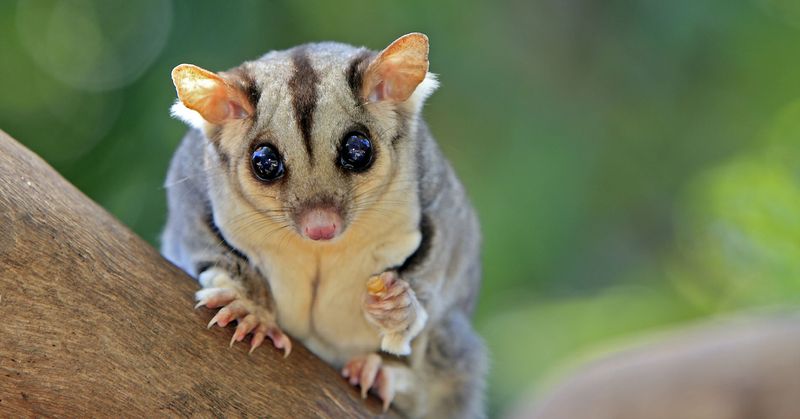
Pocket-sized paratroopers that bond deeply with their humans! These marsupials glide through the air using a membrane called a patagium that stretches between their limbs.
Native to Australia and Indonesia, sugar gliders are colony animals that get depressed without companionship.
Their big eyes and tiny paws make them irresistibly cute, but be prepared for their nocturnal lifestyle and specific dietary needs including nectar and protein.
7. Lemur
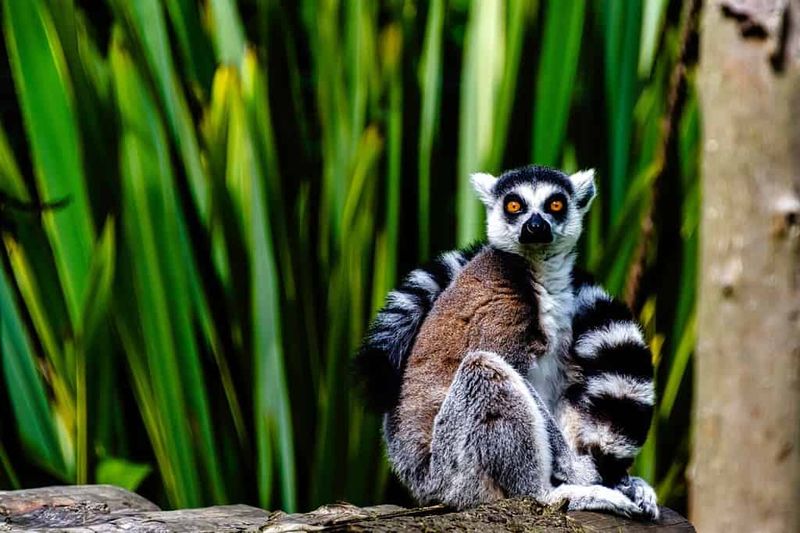
Madagascar’s acrobatic primates bring forest canopy antics right into your living room!
With their distinctive striped tails and wide-eyed expressions, lemurs make unforgettable companions for experienced exotic pet owners.
Ring-tailed varieties are among the most popular, known for their intelligence and social complexity.
Expect to create elaborate climbing structures and provide varied enrichment activities to keep these clever creatures mentally stimulated.
8. Marmoset
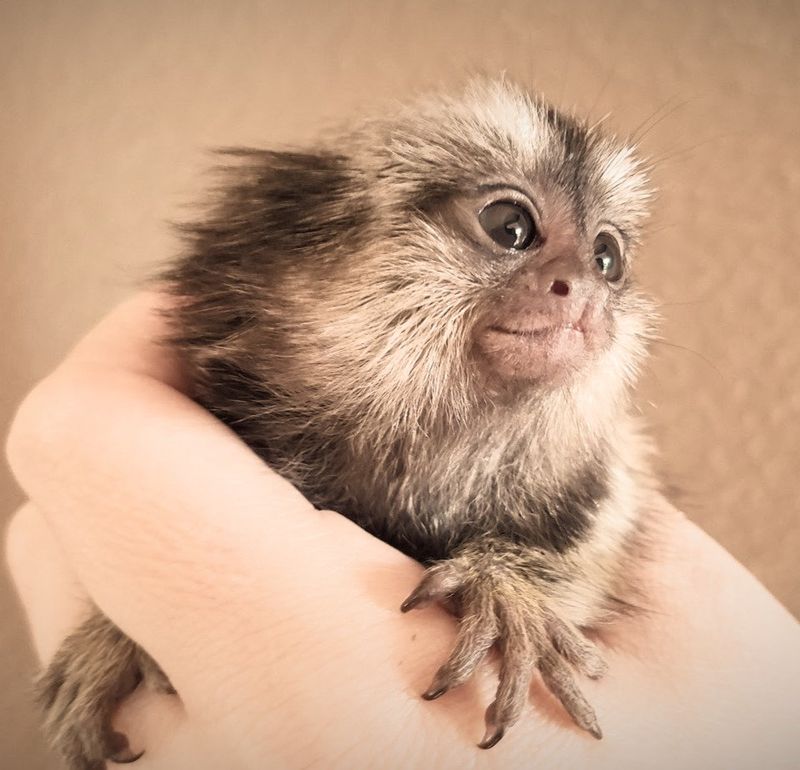
Thumb-sized monkeys with outsized personalities! Weighing less than a pound, these miniature primates form intense bonds with their caretakers and can live up to 20 years in captivity.
Marmosets communicate through a complex system of chirps, whistles and facial expressions.
Their specialized care requirements include temperature-controlled environments, social interaction, and diets featuring tree gums, fruits, and protein sources.
9. Bengal Cat
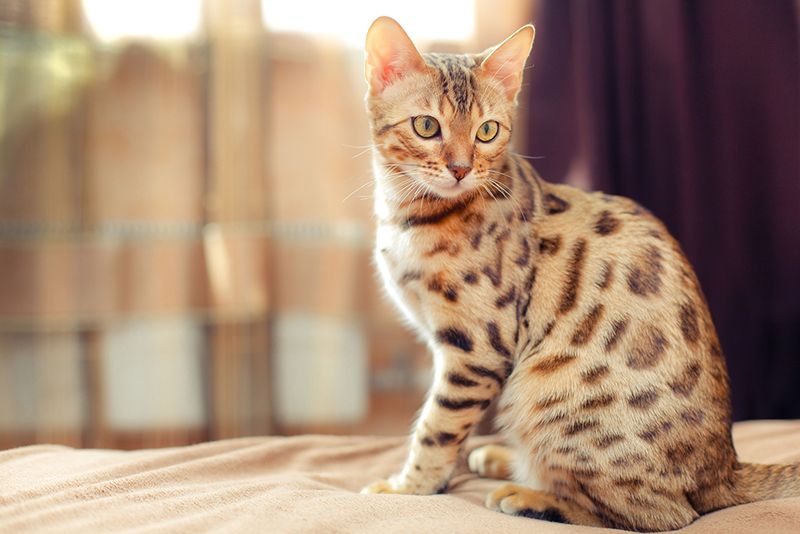
Wild beauty meets domestic charm in these spotted stunners! Developed by crossing Asian leopard cats with domestic breeds, Bengals retain exotic looks while displaying house cat temperaments.
Their distinctive rosette patterns come in various colors from brown to silver. Athletic and intelligent, Bengals require interactive play and climbing opportunities to satisfy their wild heritage.
10. Savannah Cat
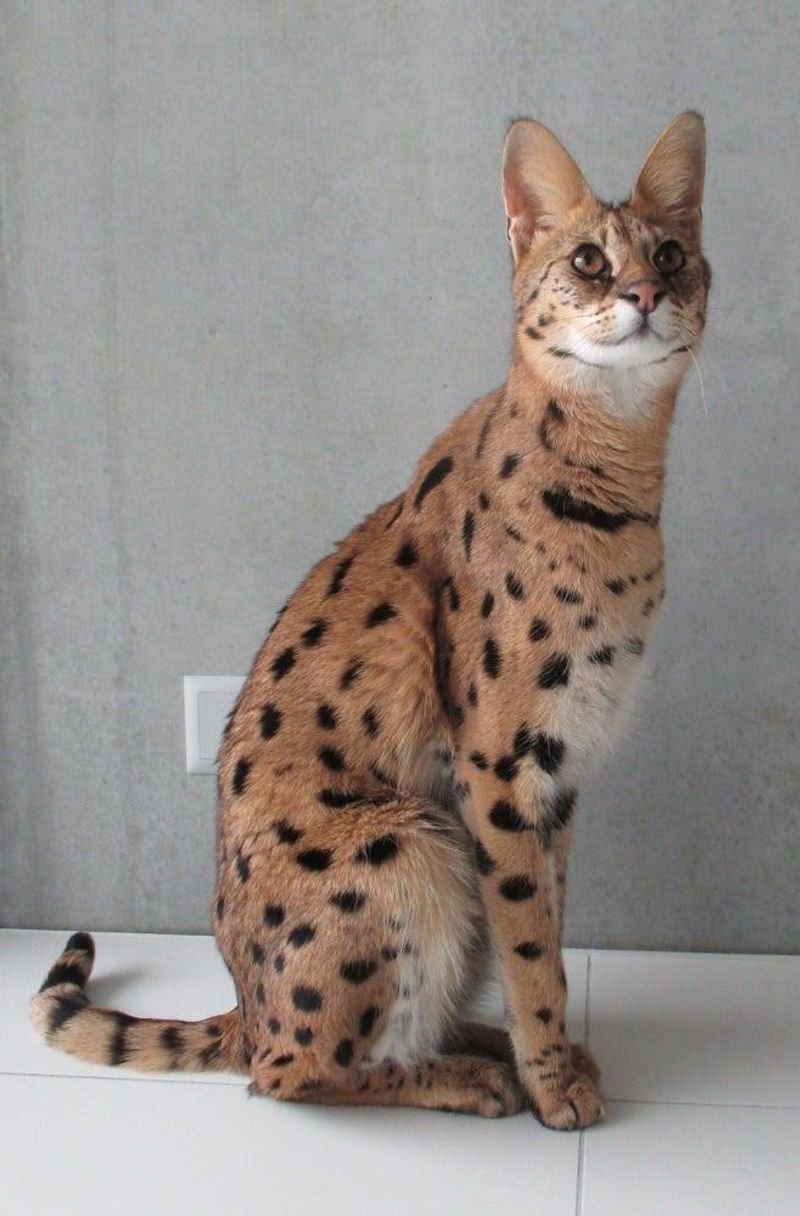
Serval blood runs through the veins of these statuesque felines! Created by crossing African servals with domestic cats, Savannahs stand tall with long legs and exotic spotted coats.
Early generation Savannahs (F1-F3) retain more wild characteristics and size, sometimes reaching 25 pounds.
Their dog-like loyalty includes following owners around, playing fetch, and even walking on leashes—perfect for Texans who want wilderness appeal with household manners.
